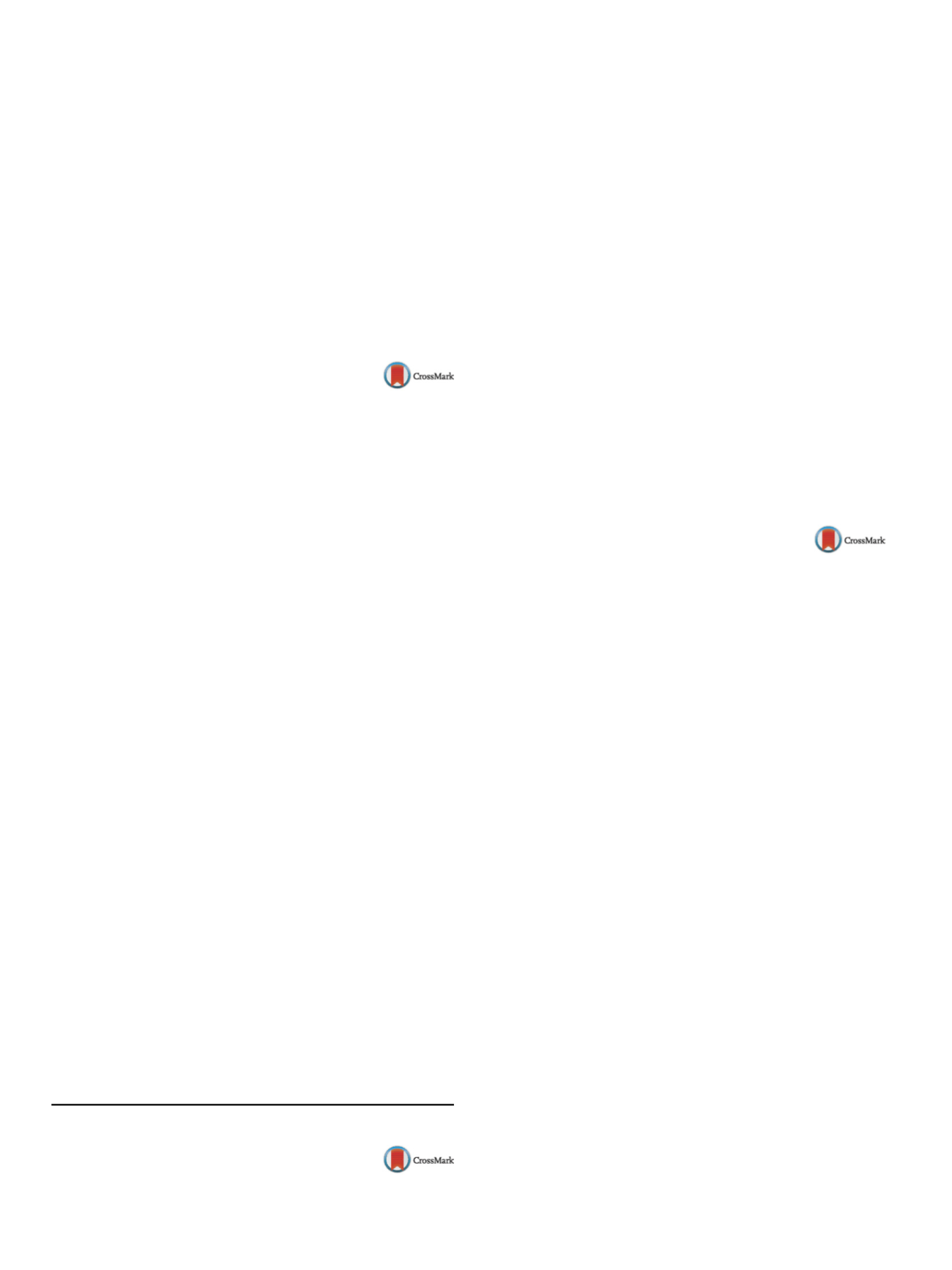

S14
25th European Congress of Psychiatry / European Psychiatry 41S (2017) S8–S52
Methods
literature review and additional analyses of SFBN
database.
Results
BD usually begins with a depressive episode. SFBN-data
reveal that an earlier AoO is associated with a less favourable
prospective illness course (more depression, mood instability and
rapid cycling), longer delay to first treatment, past history of sui-
cide attempts, being abused in childhood abuse, more psychiatric
and medical comorbidities. Comparison of the US sample with the
European sample of SFBN showed an earlier onset in US patients.
Conclusion
and early AoF of BD is associated with a poorer long-
term outcome, despite adequate current treatment.
Disclosure of interest
The author has not supplied his declaration
of competing interest.
http://dx.doi.org/10.1016/j.eurpsy.2017.01.093S020
Age at the onset of a first episode of
psychotic mania: Does it have an
impact on outcome?
P. Conus
1 ,∗
, S.M. Cotton
2, P.D. McGorry
21
Lausanne University, Department of Psychiatry, Prilly, Switzerland
2
Orygen Youth Health, Psychiatry, Melbourne, Australia
∗
Corresponding author.
Purpose
Studies conducted in child psychiatry suggest that
patients with earlier onset of psychosis have poorer outcome.
Similar findings have been published regarding onset of bipolar dis-
order. However, few studies have been conducted in youth mental
health program where these patients may actually receive treat-
ment. Identification of subgroups with distinct need and outcome
among first episode mania patients would facilitate the develop-
ment of specific treatment strategies better suited to the actual
needs of patients.
Methods
Sixty-seven patients with a first episode of psychotic
mania were followed up over 12 months after recovery from this
initial episode. Syndromic and symptomatic outcome were deter-
mined with the brief psychiatric rating scale, functional outcome
with the quality of life scale and premorbid adjustment scale sub
items.
Results
While 90% of patients achieved syndromic recovery (dis-
appearance of manic syndrome) at 6 and 12 months, 40% had not
recovered symptomatically, still presenting with depression and
anxiety. Return to previous level of functioning was achieved only
by 34% of patients at 6 months and 39% at 12 months. Age at the
time of first manic episodewith psychotic features was a significant
predictor of recovery of functional level.
Conclusions
While manic symptoms reduce quickly in most
patients after a first episode of psychotic mania, an important num-
ber of patients still display symptoms of depression and anxiety
after 12 months and 2/3 do not reach functional recovery. Younger
age at first episode predicts risk of poorer functional outcome.
Disclosure of interest
The authors have not supplied their decla-
ration of competing interest.
http://dx.doi.org/10.1016/j.eurpsy.2017.01.094Symposium: Negative symptoms:
phenomenology, clinical aspects and
neuroimaging
S021
Clinical psychopathology of negative
symptoms: A phenomenological
perspective
A. Raballo
University of Oslo, Norwegian Centre for Mental Disorder Research
NORMENT, Oslo, Norway
Negative symptoms encompass a broad constellation of psycho-
behavioral phenomena, including affective flattening, poverty of
speech, alogia, avolition, social withdrawal, apathy and anhedonia.
These phenomena obviously exert a substantial impact on per-
sonal autonomy, quality of life and broad functional outcomes,
ultimately being an important challenge for clinical decision-
making and therapeutic support. In recent years, the attention to
negative symptoms in schizophrenia has revamped, boosting the
development of newrating tools aswell as a broader conceptualiza-
tion of derivative constructs (e.g. apathy, amotivation, anhedonia).
However, despite its behavioral expressivity, the in-depth phe-
notypic characterization of negative symptoms remains partly
unaddressed. Similarly, their clinical intertwining with other non-
productive clinical features (e.g. anomalous subjective experiences,
cognitive-perceptual basic symptoms and schizotypal features) is
generally overlooked. Therefore, the current presentation specifi-
cally offers a stratified overview of the phenomenology of negative
symptoms filtered through lens of clinical psychopathology.
Disclosure of interest
The author has not supplied his declaration
of competing interest.
http://dx.doi.org/10.1016/j.eurpsy.2017.01.095S022
The Evolution of negative symptom
constructs
A. Mucci
∗
, S. Galderisi
University of Campania “Luigi Vanvitelli”, Department of Psychiatry,
Naples, Italy
∗
Corresponding author.
Introduction
Negative symptoms represent a separate dimension
of schizophrenia psychopathology, distinct from positive symp-
toms, disorganization and cognitive impairment. It is increasingly
acknowledged that negative symptoms are associated with poor
functional outcome and represent an unmet need in schizophre-
nia treatment. Improvement in definition of their phenomenology,
assessment instruments and experimental models are needed in
order to improve schizophrenia prognosis.
Aims
The presentation will review key aspects of the evolution
of negative symptom constructs. In particular, findings concerning
phenomenology, clinical assessment, association with functional
outcome and brain imaging correlates will be presented.
Methods
We searched PubMed for English full-text publications
with the keywords
Schizophrenia AND “negative symptoms”/“primary negative
symptoms”/“deficit schizophrenia”/“persistent negative symp-
toms”/“affective flattening”/alogia/“expressive deficit”/apathy/
asociality/“social withdrawal”/anhedonia/“anticipatory anhedo-
nia”/avolition/neuroimaging.
Results
The distinction between secondary negative symptoms
(i.e., those due to identifiable factors, such as drug effects, psy-
chotic symptoms or depression), andprimary or persistent negative
symptoms (i.e., those etiologically related to the core pathophysi-
ology of schizophrenia) is grounded on solid research evidence and
might have major implications for both treatment development
and clinical care. The evidence that negative symptoms cluster in
motivation- and expressive-related domains is founded on large
consensus and empirical evidence and will foster pathophysio-
logical modeling. The motivation-related domain is a stronger
predictor of functional outcome than the expressive one.
Conclusions
An improved definition and assessment of negative
symptoms needs to translate in large-scale studies to advance
knowledge. In the short-term, the improved identification of treat-
able causes of secondary negative symptoms can translate into
better care for people with schizophrenia.


















